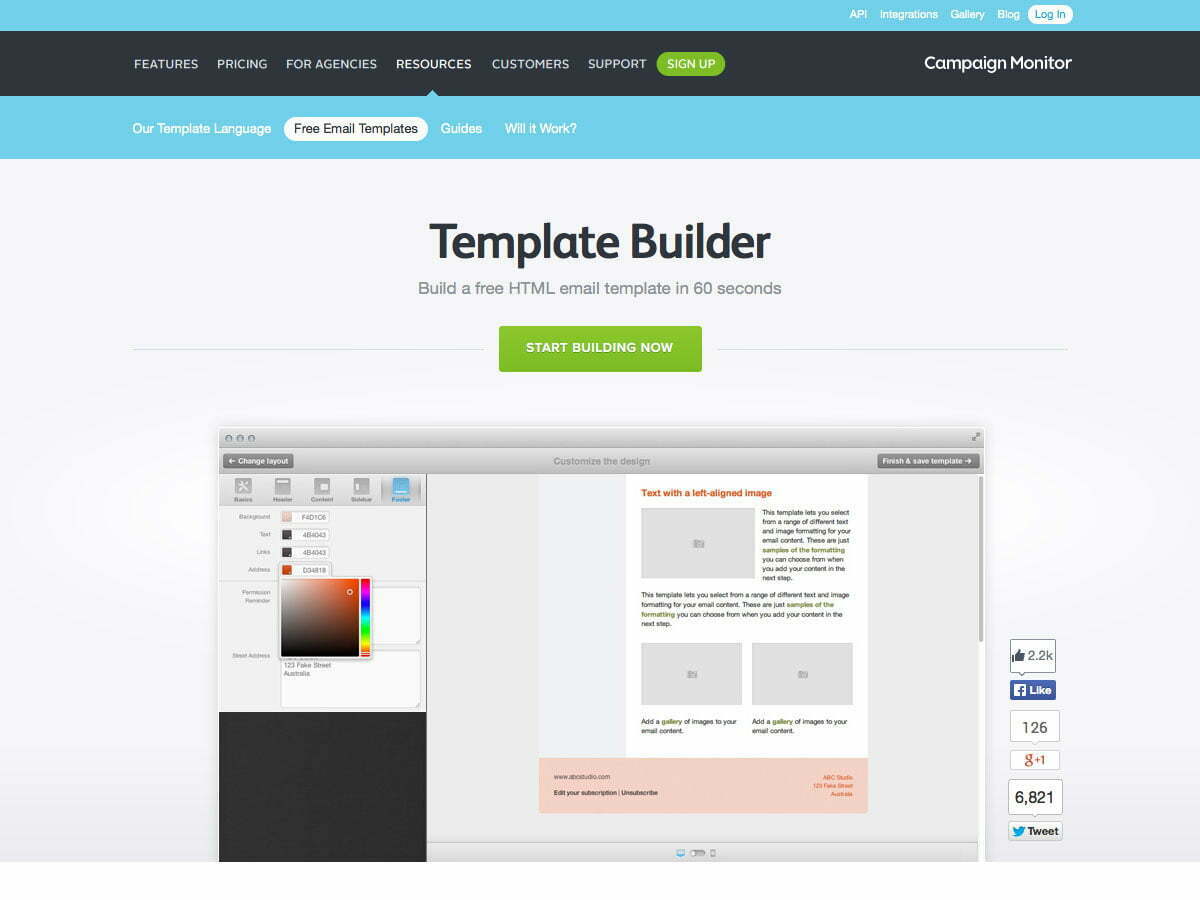Like many marketers, I depend closely on word of mouth and strong references to get new customers for my enterprise. Positive consumer comments facilitate showing credibility and sturdy results.
He’d be super if all of my customers shared glowing, perfectly crafted Yelp-style opinions unprompted; it’s no longer precisely the norm. Instead, if a consumer has had a wonderful enjoy, it’s generally my duty to request a testimonial.
Below are 3 steps to, in a well-mannered way, ask for testimonials along with the template emails I use to make it easy.
 1. Offer to Draft It for Them or Provide a Framework
1. Offer to Draft It for Them or Provide a Framework
If my purchaser has said high-quality matters, I ask, “Would it be useful if I jot down many of the things I heard you percentage?” I have in no way had a purchaser say no.
People are busy. Doing this part, your self-makes the testimonial clean for the patron to write and ensures it’s useful to you.
I commonly maintain the testimonials themselves quick and candy. A robust sentence or is typically all there’s room for on a website or collateral material.
In my draft testimonial, I often leave blanks for adjectives or specifics, which permit the customer to take part while not exerting too much intellectual strength.
Here’s my template email:
Thank you to your provider for jotting down a testimonial! As promised, here’s what I don’t forget from what you stated: [What they said.]
Does this sound proper? Please fill inside the blanks and, of course, experience is free to modify as you see fit.
Alternatively, if you don’t sense such as you’ve gotten enough specific comments from the customer, it’s beneficial to provide them with a framework to technique the testimonial.
Here’s my template email:
Thanks for your offer to jot down a testimonial! If you’re debating how to approach it, don’t forget what became unique before and after working collectively. Here are a few questions that may be beneficial.
How did operating collectively change the manner you technique [topic at hand]?
In what unique ways was operating together with a good investment?
How did working collectively affect [specific deliverable]?
Or experience unfastened to jot down something “movement of attention”-style, I’m glad to tighten it up if that’s useful.
2. Offer to Edit
Even if they don’t suppose they’re sending you word vomit, customers regularly write returned paragraph-long responses that aren’t particularly possible for internet website copy.

I’ve had customers say, “Feel unfastened to wordsmith,” which opens the door to making edits without difficulty. If they don’t, because I’ve already built an awesome rapport with the client, I generally feel at ease asking something like,
Are you comfy with me tightening it up a bit and sending it back to you for evaluation?
Once I actually have the purchaser’s raw cloth and an inexperienced mild to edit, I strive to break it up into one to 3 definitely robust sentences that might work in isolation or collectively. Then I underline all of my edits and send them back to the client for remarks.
At this point, I’m frequently quite informal. Here’s my template e-mail:
Would you take a peek at the testimonial below? I’ve Frankensteined your rates a piece, so please edit as you notice. I’ve underlined something I’ve changed. I want to ensure it sounds like you and also that you’re 100% comfortable with the content material. Let me recognize what you think!
3. Say Thank You
Finally, I’m a massive proponent of the handwritten thank-you observe because it’s typically a top-notch practice to drop customers a line to say how an awful lot you loved working with them.
Silver lining: on occasion, it’s tough to fill the entire notice card; however, now you’ve been given an entire additional sentence that is already written, “Thanks for the testimonial!”
Self-promotion can be tough. However, numerous techniques can help make it much less painful.
When it involves testimonials, before everything, it can feel a touch awkward or disingenuous to walk the consumer through the procedure using the templates defined above. In my revel in, though, customers are truly grateful that you’ve made the procedure as easy as possible for them.
After a little bit of back and forth, I had one patron write, “Thank you for making me sound so smart ;).”
Designing the HTML model of your e-mail message may be hard, considering that there are so many one-of-a-kind email clients and operating system combinations available, and that they have their way of rendering HTML. Without a doubt, there is no way to be positive that your readers could be the usage of to view your messages.

If your reader has a Hotmail account, it is generally safe to assume that they could be reading your message through the Hotmail net client. But what about your readers with non-public e-mail addresses? Will they be using Microsoft Outlook? Will it be Outlook 2000, Outlook 2003, or Outlook 2007? Or perhaps he’s using Lotus Notes? What if he had his TLD e-mail forwarded to a Yahoo account? And is he using a Mac or a PC?
Since you do not virtually realize the answers to any of these questions while designing your e-mail campaigns, it’s critical that you usually lay out for maximum accessibility.
Cascading Style Sheets (CSS) offers the potential to make your email messages extremely attractive. Unfortunately, there is a limited guide of CSS with many email clients and across diverse platforms. One of the most important CSS offenders is Outlook 2007, and on account of that, research shows that up to 75% of email readers use Outlook; you just can’t forget about its rendering flaws.
Unfortunately, Outlook 2007 has no support for floating factors, that is extensively utilized in CSS for positioning gadgets. So it’s based totally to use a desk-based layout when designing your email campaigns. Think internet design circa the year 2000. If you are a new designer and have in no way treated tables earlier than, you may get heaps of how-to information from the W3C.
While Outlook 2007 does support attachments, I don’t recommend that you use it to attach your style sheet. At least 50% of your readers will have their images grow to become off; because of this, any connected factors will now not be linked, and this includes your outside style sheet. Gmail, Live Mail, and Hotmail don’t guide linked elements, so it is an amazing concept to no longer apply them anyway. Instead, define all of your message patterns and by no means depend upon an external fashion sheet for your email messages.
Where, inside the message, you need to outline your styles is another story altogether. Live Mail seems to use the style sheet, while Hotmail seems for the fashion sheet proper beneath the tag. Outlook 2003, Outlook 2007, AOL, Yahoo, Entourage, and Thunderbird will accept both placements, but Gmail doesn’t support any of them.
The pleasant choice is to use in-line fashion tags. In-line fashion is truly a method in which the style for every element ought to be defined, in my opinion. Instead of defining your style sheet within your head like this:













